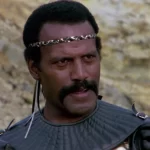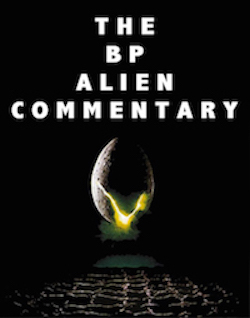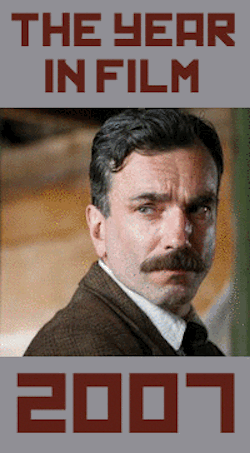Ingrid Goes West: My Story, by David Bax
Matt Spicer’s Ingrid Goes West makes a promise with its title that it fulfills with its location photography; namely, to skewer a certain regional subtype of people who inhabit the liminal space between West Los Angeles and Coachella. From Abbot Kinney Boulevard to Joshua Tree (with a detour to North Hollywood for drinks at Tonga Hut), Spicer finds plenty of hyper-specific references to roll into his takedown of sunny vapidity. Still, it would be misleading to stop at calling Ingrid Goes West an L.A. movie. It addresses larger, more dominant elements of our social and cultural moment. If only it knew what it wanted to say about them.
Aubrey Plaza turns in an outlandishly comic yet painfully human performance as Ingrid, a young woman whose obsession with a minor Instagram celebrity named Taylor (Elizabeth Olsen) drives Ingrid to move across the country to better know Taylor and her lifestyle. Once she’s ingratiated herself into the lives of Taylor and her husband (Wyatt Russell), Ingrid struggles to maintain the required impeccable nonchalance to stay in her girlcrush’s good graces while hiding the kind of creepy behavior that brought her to Los Angeles in the first place.
From “Netflix and chill” to avocado toast to vaping, this is a movie about the very moment in which it’s set, meaning about 12-18 months ago, given the realities of movie production. What’s important, though, is not the references but the way that the characters, Taylor in particular, make them. To Taylor, the paragon of the kind of affluent, neo-bohemian beautiful people Lana Del Rey sings songs about, self-documentation is not just reflexive but propagandistic as well. To this Angeleno and many like her, life consists of working very hard at making it look like you’ve got it easy. Her Instagram feed is full of seemingly tossed-off moments of taking pleasure in the small things that actually require multiple, micro-managed attempts to capture. Ingrid falls in love with this idea of Taylor and maintains it even as she gets to know her better. The joke here—one Ingrid is incapable of being in on—is that Taylor is thoroughly commonplace and uninteresting. There are enough people just like her in Los Angeles to sell out a Father John Misty concert at The Greek every night for a year.
Spicer is at his best when pointing out the ways in which people like Taylor and especially people like Ingrid are reaching towards something while pulling themselves away from it at the same time. The things they latch onto (Instagram likes, getting their names on VIP lists) in order to fill their own voids only end up widening them as more meaningful things like friendship lay unclaimed on the ground right in front of them.
Of course, Ingrid’s problems run even deeper. What starts out as a parasocial relationship—a common occurrence in the social media age in which one person commits their time, thought and energy to another person who has no idea the first person exists—almost immediately blooms into full blown stalking. Plaza excels at this transition from societal ill to true mental illness, making Ingrid heartbreakingly sympathetic even as she is infuriating and ridiculous.
It’s Spicer, though, who finally drops the ball. In its final moments, Ingrid Goes West betrays its protagonist by crossing a line into all-out satire. By going so far to establish Ingrid as truly unwell and then doubling back and turning her pain into a joke, Spicer dismantles most of his previous effort along with that of his cast and collaborators. It shows a lack of one trait Ingrid herself has in abundance: Dedication.





























Are you talking about the very last scene turning Ingrid’s illness into full-on satire? Because I saw that as a sly/not-so-sly Taxi Driver-style potential fantasy ending, and I really loved it.
Interesting take!
– David